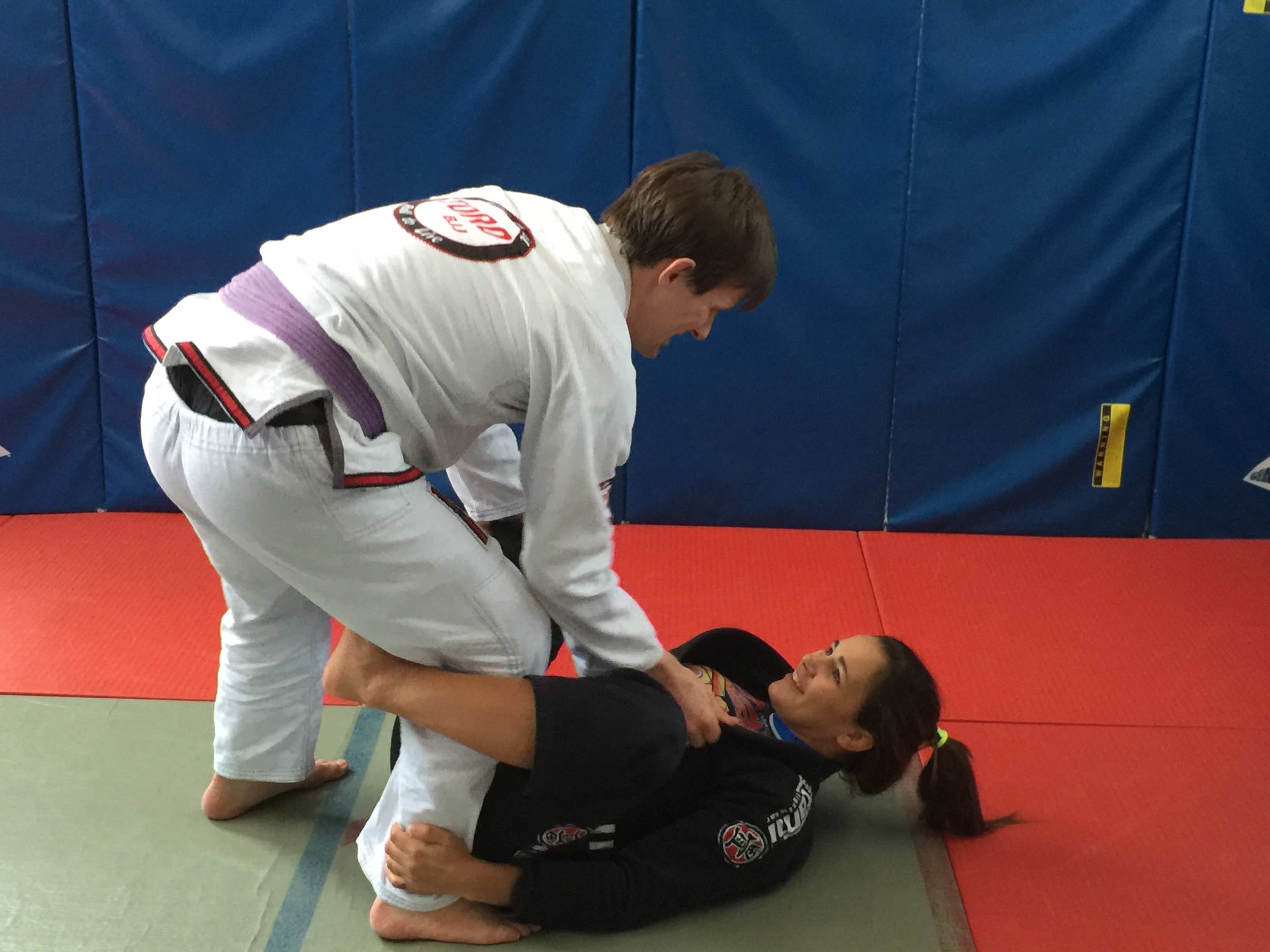Drilling — practicing movements over and over so your body learns how to perform them instinctively — is one of the most important things you can do to improve at Brazilian Jiu-Jitsu. I’m a huge believer in maximizing my time, which means if I don’t have a training partner, I’m still going to try to use time to improve. That means solo drills!
Five years ago, I did a post about my favorite solo drills for BJJ. Since then, I’ve learned some new drills and some of the embedded videos have died, so here’s an updated post. Many of these you’ll know, perhaps from warmups at your gym. There might be new material, though, to try out when you have time and space but no one to grapple with. Also check out my how to drill post (mostly for partner drills) for some more details on the method.
Here are 10 or so great solo drills for BJJ that you can do in your free time. If you train at Bellingham BJJ, you may recognize a lot of these as warm-up drills. Many of these fall under the “you can’t do this too much” category.
Classic shrimping: a core movement that every gym does, often as a warmup. Hip escapes are best when trained regularly, and you can do this at home.
Standing Up in Base & Breakfalling Down: I believe falling properly is the most important technique in martial arts. Here is how we combine a back breakfall with standing up correctly into a flow.
Bridge to Granby or Sitting Flow: The bridge is a core movement, and it connects to many other movements. This flow is one of my tournament warmup mainstays, and I also do it before class.
Rolling Breakfall from Knees: Falling correctly cannot be overemphasized. But I understand that lots of folks don’t want to just start from standing and trust that they’ll fall correctly. Here are two options from the knees that will help lead up to the standing breakfall.
Triangle shooting drills: You drilled the choke, now practice the drill. Good for flexibility, core strength, and practice getting those hips up.
Hip Bump drills: Doing these drills every morning improved my hip bumps a thousandfold. It makes the isolated movements flow into one smooth movement.
Hip Openers and Get-Ups: hip flexibility is important both for technical success and injury prevention.
Hip switch drill: Have you ever wondered what your coach means when they tell you to switch your hips? Here’s an explanation, and a drill that overemphasizes that movement.
Knee on Belly Switching Sides drill: a bit more advanced drill, but one that’s useful in many contexts.
Forward shrimping: This move has one or two very clear applications that we’ll get into, but it also works your core and expands your mind.
Practical application here in this excellent Jon Thomas video:

